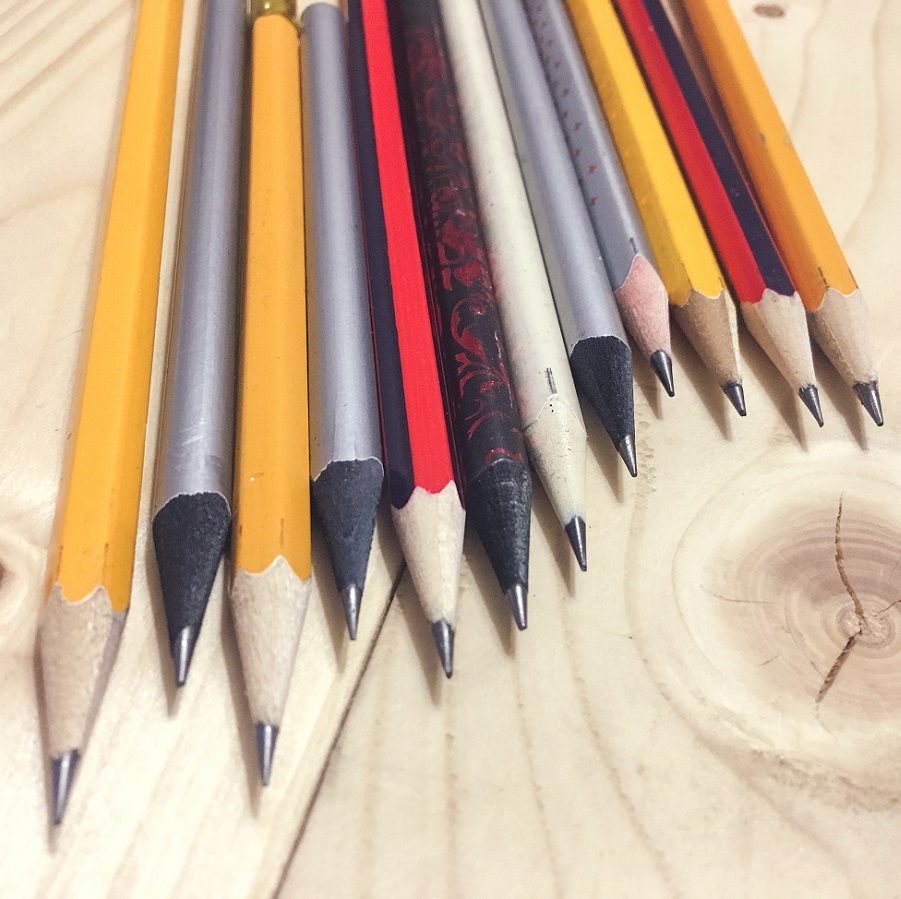Understanding the Importance of a Colored Pencil Set
Colored pencil sets are invaluable tools for artists, students, and hobbyists alike. Whether you’re sketching detailed portraits, coloring intricate designs, or just doodling for fun, the right set can make all the difference. But with so many options available, choosing the perfect set can be overwhelming. This guide will help you understand the key components and types of colored pencils, ensuring you pick the ideal set for your needs.
Components of Colored Pencils
1. Pigments

The pigments in colored pencils are the key to their vibrant hues. They can be derived from natural minerals or synthesized chemically. Natural pigments are sourced from materials like ochre, charcoal, and limestone, providing earthy tones. Synthetic pigments, on the other hand, offer a broader range of colors and are created through various chemical processes. The choice of pigment affects the intensity and durability of the color.
2. Fillers
Fillers give colored pencils their texture and hardness, while also keeping costs down. Common fillers include wax and talc. These substances balance the pigment load, making the pencil easier to use and control. For example, a wax-based filler can create a smooth, creamy texture, ideal for blending and layering colors.
3. Binders
Binders hold the pigments and fillers together, playing a crucial role in the overall quality of the pencil. Typical binders include glycerides, waxes, and resins. The type of binder used can affect the pencil’s consistency and application. For instance, a high-quality resin binder can enhance the pencil’s durability and resistance to breakage.
4. Wooden Casing
The wooden casing protects the pencil’s core and provides a comfortable grip. Common woods used include basswood, poplar, and cedar. The quality of the wood can impact how easily the pencil sharpens and how well it performs over time. Durable wood casings ensure that your pencils stay intact and are easy to handle.
Types of Colored Pencils
1. Wax-Based Colored Pencils
Wax-based colored pencils are known for their vivid colors and thick application. The wax content gives these pencils a distinctive texture that can create rich, layered effects. However, they may not be ideal for intricate detailing as they are harder to erase and less suited for fine lines.
2. Water-Soluble Colored Pencils
Water-soluble colored pencils, also known as watercolor pencils, offer a versatile medium. When used dry, they function like regular colored pencils but add water, and they transform into watercolor paints. This dual functionality makes them perfect for creating gradient effects and soft washes. However, they might not provide the same color intensity as wax-based pencils and can form uneven layers if overused with water.
3. Pastel Colored Pencils
Pastel colored pencils have a powdery, chalk-like texture, providing excellent coverage and a unique finish. They are ideal for blending and creating soft, muted tones. However, they can be messy and prone to smudging, requiring careful handling and fixatives to preserve the artwork.
Choosing the Right Colored Pencil Set
When selecting a colored pencil set, consider your specific needs and preferences. Beginners might start with a smaller set, such as a 12 or 24-color range, which provides a good balance of variety and simplicity. For more advanced artists, larger sets with 48 or more colors offer greater flexibility and nuance.
Brand choice is also crucial. Well-known brands like Prismacolor, Faber-Castell, and Caran d’Ache are renowned for their quality and consistency. Evaluating factors such as pigment concentration, binder quality, and wood casing can help you determine the best set for your artistic endeavors.
Additionally, proper maintenance can prolong the life of your colored pencils. Store them in a cool, dry place to prevent the wood from warping and the cores from melting. Sharpen pencils carefully to avoid breaking the leads, and keep them clean to ensure smooth application.
For those interested in purchasing colored pencil sets,
durzerd.com
offers a wide range of high-quality options tailored for different skill levels. If you’re looking for smaller quantities or specific sets,
cpencils.com
provides excellent choices for hobbyists and professionals alike.
Creative Uses for Colored Pencils
Colored pencils aren’t just for traditional drawings. They can be used in various creative ways, such as coloring books, bullet journaling, and mixed media artworks. Techniques like burnishing (layering and polishing the pigment to create a smooth, glossy finish) and blending (mixing colors directly on the paper) can enhance your artistic projects.
For example, using water-soluble pencils in adult coloring books can add a dynamic watercolor effect, making your designs stand out. Blending different shades with wax-based pencils can create realistic textures in portrait illustrations. And pastel pencils can be combined with other media like charcoal or ink to add depth and dimension to your sketches.
For more tips and techniques, check out this resource on Artists Network, which offers comprehensive guides on mastering colored pencils.
By exploring these creative uses and experimenting with different techniques, you can fully harness the potential of your colored pencil set, transforming your artistic vision into reality.



